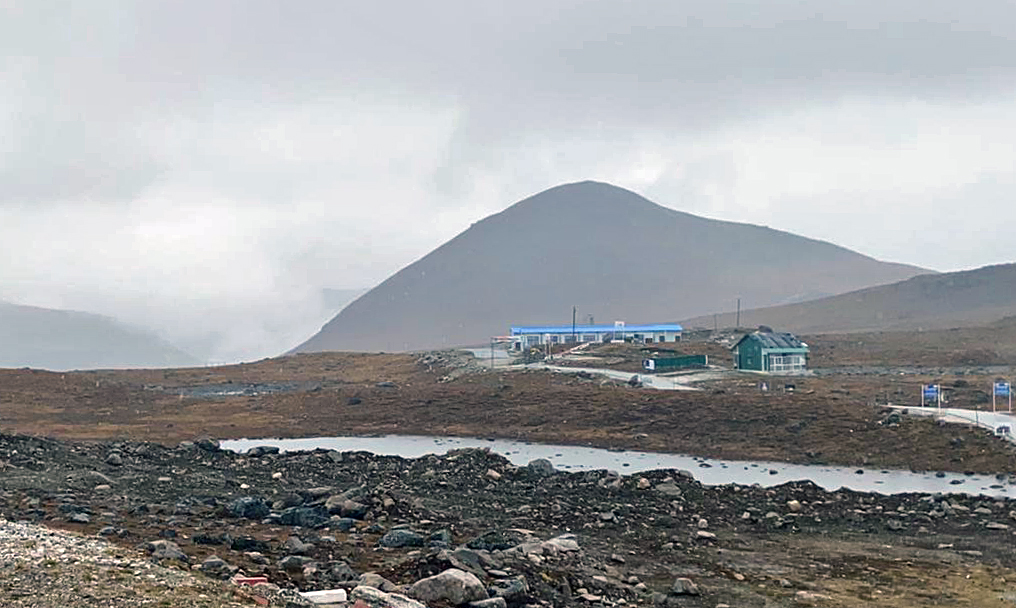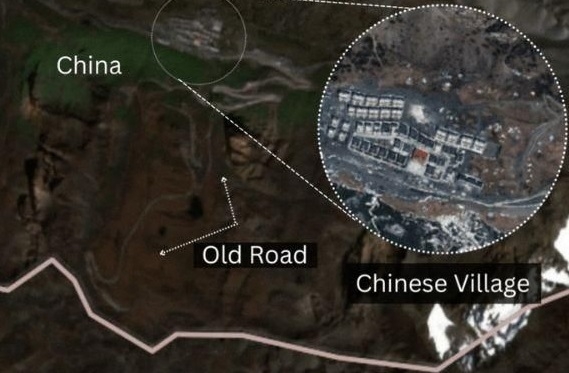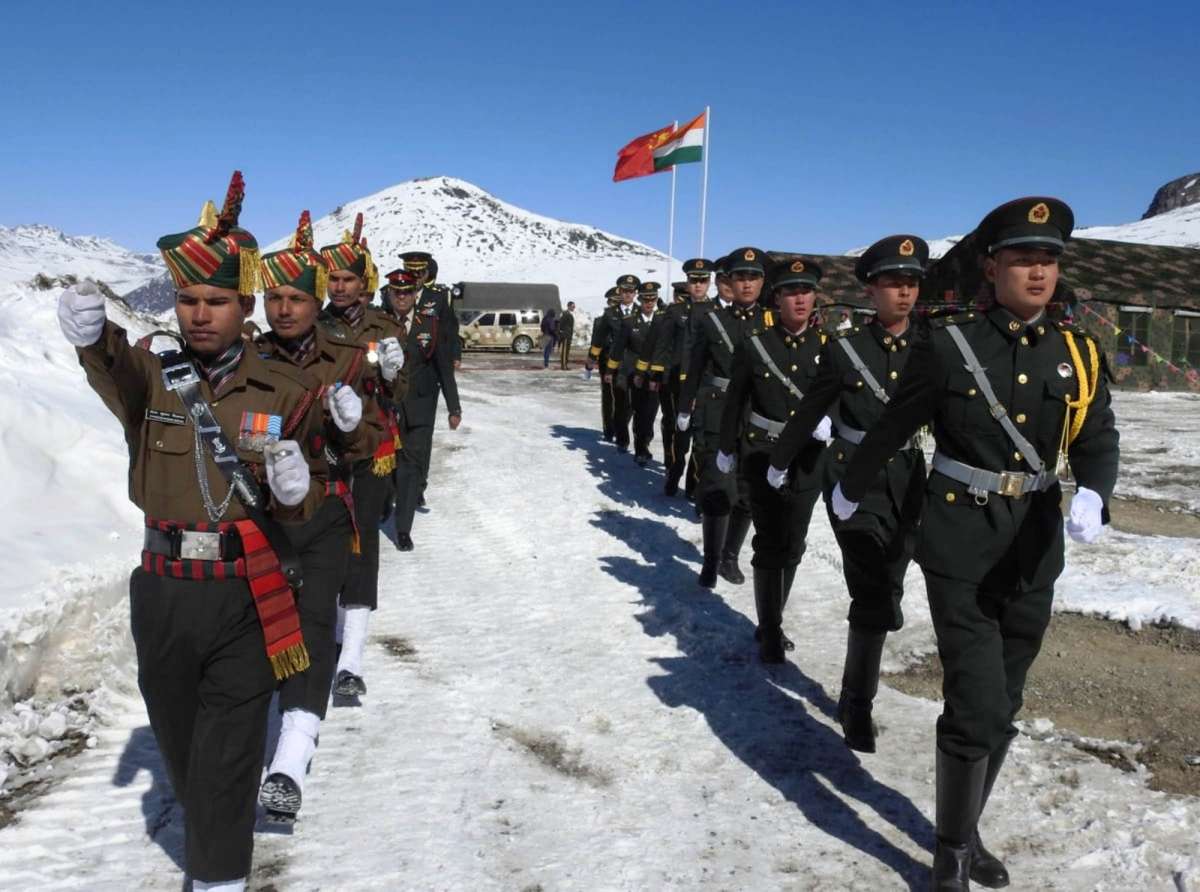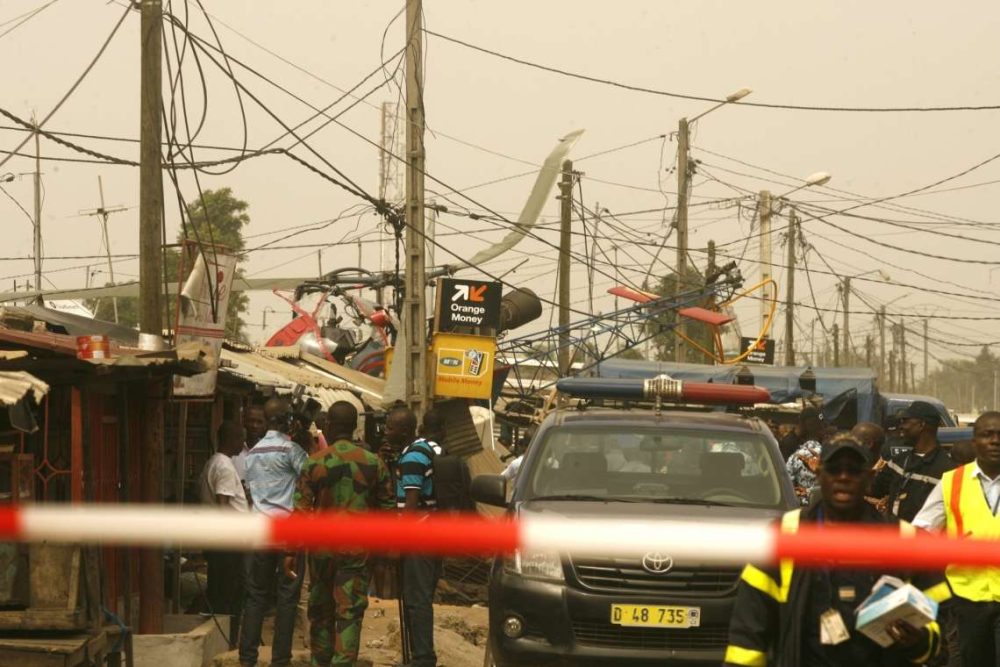The resolution reaffirms that the US recognizes the McMahon Line as the international boundary between China and the Indian state of Arunachal Pradesh…reports Asian Lite News
Two United States Senators teamed up to introduce a bipartisan Senate resolution reaffirming America’s recognition of Arunachal Pradesh as an integral part of India, Oregon’s Senator Jeff Merkley said in a press statement.
Merkley teamed up with Senator Bill Hagerty (R-TN) to introduce a bipartisan Senate resolution that comes after the clash between India and China in the Eastern Sector along the Line of Actual Control in six years. “America’s values supporting freedom and a rules-based order must be at the center of all of our actions and relationships around the world–especially as the PRC government pushes an alternative vision,” said Senator Merkley, who serves as the Co-Chair of the Congressional-Executive Commission on China. “This resolution makes clear that the United States views the Indian state of Arunachal Pradesh as part of the Republic of India–not the People’s Republic of China–and commits the U.S. to deepen support and assistance to the region, alongside like-minded international partners and donors,” Merkley said.
“At a time when China continues to pose grave and gathering threats to the Free and Open Indo-Pacific, it’s critical for the United States to stand shoulder-to-shoulder with our strategic partners in the region–especially India,” said Senator Hagerty. “This bipartisan resolution expresses the Senate’s support for unequivocally recognizing the state of Arunachal Pradesh as an integral part of India, condemning China’s military aggression to change the status quo along the Line of Actual Control, and further enhancing the U.S.-India strategic partnership and the Quad in support of the Free and Open Indo-Pacific,” he added.
The resolution reaffirms that the United States recognizes the McMahon Line as the international boundary between China and the Indian state of Arunachal Pradesh, and pushes back against PRC claims that Arunachal Pradesh is their territory, which is a part of the PRC’s increasingly aggressive and expansionist policies.

The Senators’ resolution condemns additional PRC provocations, including the People’s Republic of China’s use of military force to change the status quo along the Line of Actual Control, construction of villages in contested areas, publication of maps with Mandarin-language names for cities and feature in the Indian state of Arunachal Pradesh, and expansion of PRC territorial claims in Bhutan, as per the statement.
Furthermore, the resolution commends the Indian government for taking steps to defend itself against aggression and security threats from the People’s Republic of China. These efforts include securing India’s telecommunications infrastructure; examining its procurement processes and supply chains; implementing investment screening standards; and expanding its cooperation with Taiwan in public health and other sectors.
The resolution serves to further strengthen the US-India bilateral partnership regarding defense, technology, economics, and people-to-people ties and promotes enhancing our multilateral cooperation with India through the Quad, the East Asia Summit alongside our partners in the Association of Southeast Asian Nations (ASEAN), and other international fora.

Chinese moves come up against Army stonewall
China has been fomenting trouble at the international border shared with India along border areas such as Ladakh’s Pangong Tso, Tibet, Arunachal Pradesh and Sikkim due to its nefarious designs.
Airstrips as well as bridges are being built by China on the border areas shared with neighbouring India.
Although the Indian Army has categorically made it clear that it is fully capable and ready to deal with any war-like situation along the border areas shared with China.
During the recent skirmishes between India and China, the Indian Army has successfully defeated Chinese’ People’s Liberation Army (PLA).
A similar simmering tension on the Line of Actual Control between India and China is evident in the Pangong Tso lake in eastern Ladakh due to Chinese aggression against India.
Now China is rapidly building a bridge in the Pangong Tso Lake area. Satellite images have revealed that China is building a bridge about eight metre wide and the work on this bridge continued in winters despite the severe cold temperatures.
This bridge is being constructed on the southern side of the Chinese army base located on the northern bank of Pangong Tso lake. During the border skirmish with India in 2020, China had built temporary hospitals and godowns at this place.
On June 15, 2020, a clash took place between the Indian and Chinese soldiers at Galwan valley in eastern Ladakh where 20 Indian soldiers were martyred, while China had to pay a heavy price for the conflict in which 42 PLA soldiers were killed. This violent clash between the armies of the two countries took place on the night of June 15, 2020. China’s aggressive actions were responsible for this entire incident.
Several months later, in February 2021, China announced posthumous medals to four of its soldiers who were killed in the Galwan Valley skirmish. China confirmed the death of only four PLA soldiers but an Australian newspaper claimed in one of its investigative reports that at least 38 PLA soldiers were killed in Galwan Valley and not four Chinese soldiers.













